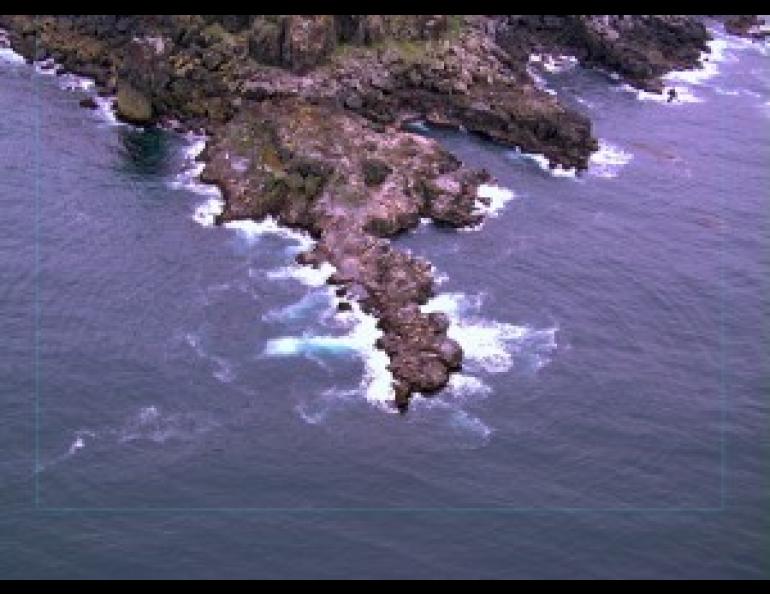
Unmanned aircraft offer options for wildlife observation
On a two-day trip to the Aleutians earlier this month, researchers from Poker Flat Research Range evaluated the performance of a new unmanned aircraft system that will be used to monitor Steller sea lions.
The National Marine Mammal Laboratory conducts annual aerial surveys of Steller sea lions from Southeast Alaska to Attu in the western Aleutian Islands in order to monitor stock density. These flights are costly and potentially dangerous as they carry several pilots, biologists and equipment through regions well known for adverse weather. By using unmanned aircraft, such as the AeroVironment Puma AE, scientists can conduct safer and more cost-effective aerial surveys of marine mammals in hard-to-reach locales and unpredictable weather.
“These experiments will help us determine the suitability of working with this aircraft in these conditions and prepare ourselves for further testing and evaluation,” said Greg Walker, manager of the University of Alaska Unmanned Aircraft Program based at Poker Flat Research Range. “These first tests have given us quite a lot of information about both the aircraft and the camera’s payload.”
Walker traveled to Dutch Harbor June 14-15 to help conduct several flights of the hand-launched Puma AE aircraft, which was equipped with a high-resolution camera and was flown from a commercial fishing boat. Flights took place about 12 miles away from the boat. During the aircraft’s flight, the onboard camera captured imagery, including high-resolution and infrared video, of haul outs used by Steller sea lions.
Walker and crew also conducted acoustic testing of the unmanned aircraft. In the tests, the aircraft flew at an altitude of 70 feet, lower than would be flown over animals, and the noise was barely audible. This makes the Puma AE model attractive for future surveys of sea mammal stocks, as the aircraft won’t startle the animals, but quietly photograph them from above.
Since the 1970s, the number of Steller sea lions has dramatically declined and the Western Aleutian Islands stock is currently listed as an endangered.
The North Pacific Fisheries Foundation and the U.S. Navy funded the recent flights in Dutch Harbor.
NOTE TO EDITORS: Photos are available online at www.uafnews.com and video is available upon request.
AH/6-29-11/266-11
Amy Hartley, University of Alaska Fairbanks Geophysical Institute, 907-474-5823, amy.hartley@gi.alaska.edu
Greg Walker, University of Alaska Fairbanks Geophysical Institute, 907-455-2102, gregory.walker@gi.alaska.edu
Marmian Grimes, University of Alaska Fairbanks, 907-474-7902, marmian.grimes@alaska.edu





